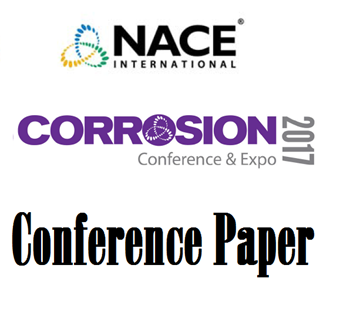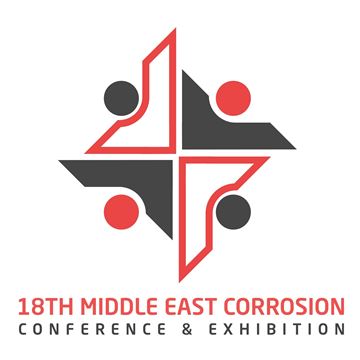Search
Individual Conference Papers
View as
Sort by
Display
per page
Review of Mitigation of Carbonation-Induced Corrosion With UHPC
Product Number:
51323-18977-SG
Publication Date:
2023
$20.00
Review Of Techniques To Evaluate SCC Susceptibility Of Carbon Steels Used In Construction Of Nuclear Waste Tanks
Product Number:
51322-18062-SG
Publication Date:
2022
$20.00
Review Of The State Of The Art Of Siliceous Scale Management In Industrial Systems
Product Number:
51322-17731-SG
Publication Date:
2022
$20.00
Review of Volatile Corrosion Inhibitors Evaluation Methods and Development of Testing Protocols
Product Number:
51319-13303-SG
Publication Date:
2019
$20.00
Review on the Determination of Sulfate Ion Concentrations in Deficient Post-Tensioned Grouts
Product Number:
51321-16342-SG
Publication Date:
2021
$20.00
Review on the Heat-Resistant Stainless Steel Alloys Used for the Steam Methane Reformer Outlet Systems
Product Number:
51317--9351-SG
ISBN:
9351 2017 CP
Publication Date:
2017
$20.00
Review: Advance Of Well Integrity Management
Product Number:
51321-16907-SG
Publication Date:
2021
$20.00
Revisiting Alloy K-500 with Improved Performance Limits for Short and Long-Term Subterranean Applications
Product Number:
51323-18787-SG
Publication Date:
2023
$20.00
Revisiting The Anodic Dissolution Of Pure Iron In Strong Acid: Replication Of Bockris’ Estimation Of Butler-Volmer
Product Number:
51322-17681-SG
Publication Date:
2022
$20.00
Revolutionizing Non-Metallic GRE Tubulars in Downhole Applications: First Deployment of Hybrid Coupler in a Geothermal Well: Case Study
Product Number:
MECC23-20002-SG
Publication Date:
2023
$20.00
Ripple Slow Strain Rate Test for SSC and SCC of Super 13Cr Martensitic Stainless Steel and 25Cr Super Duplex Stainless Steel Tubular Materials
Product Number:
51324-20735-SG
Publication Date:
2024
$40.00
Risk Based Approach to Corrosion Prevention and Control for US Army Acquisition
Product Number:
51323-18922-SG
Publication Date:
2023
$20.00












